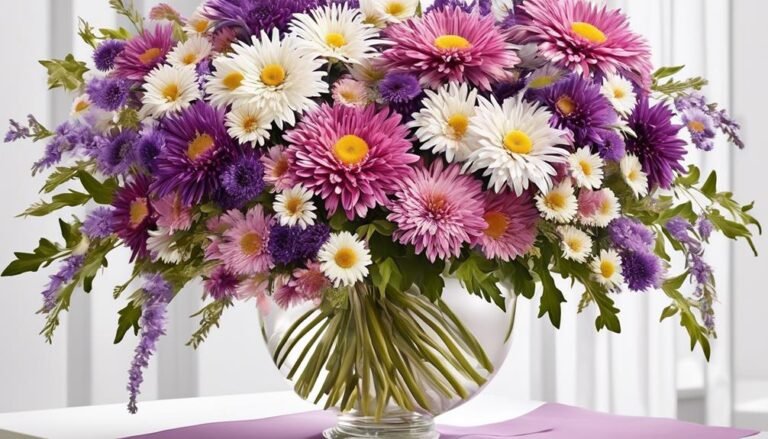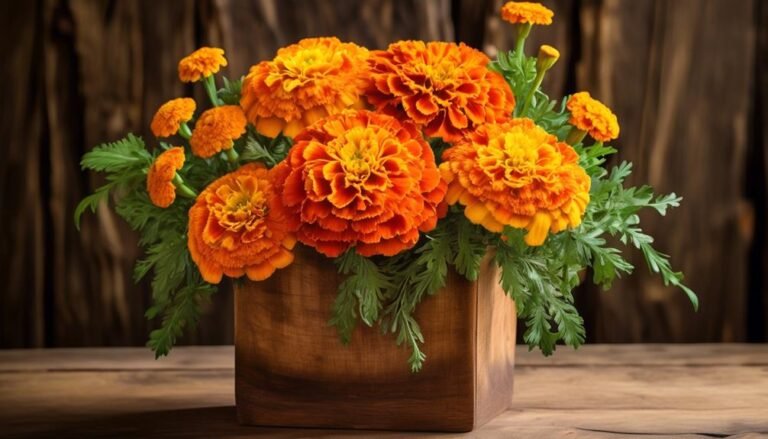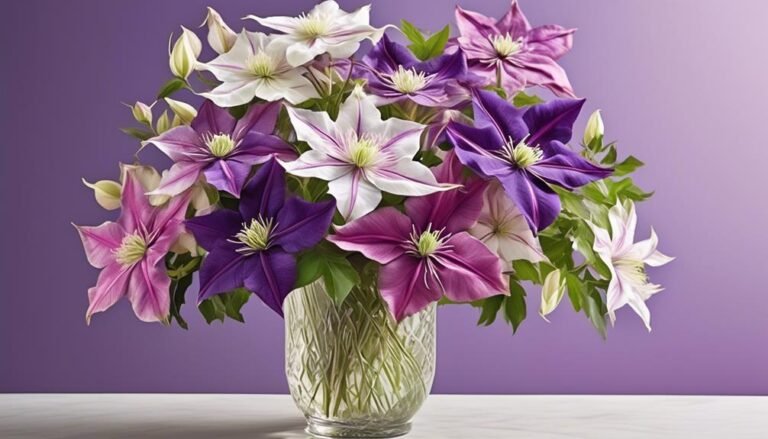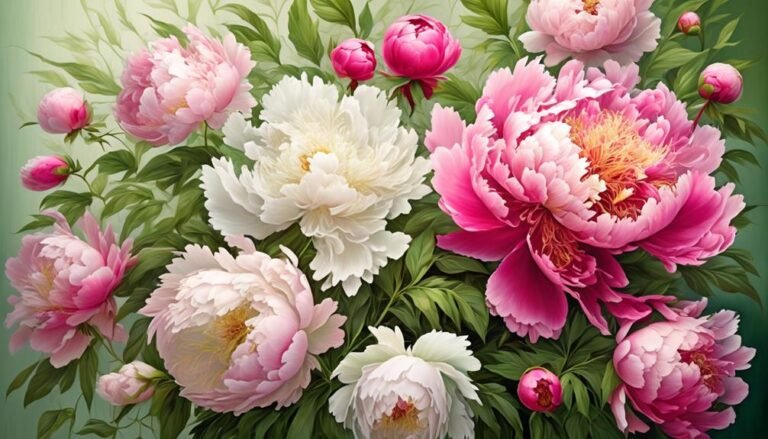Popular Types of Florist Flowers – Dianthus
Dianthus, also known as 'pinks,' is a popular choice among florists for its vibrant clusters of delicate, fringed petals. This beloved flower comes in a mesmerizing array of hues, adding a touch of beauty and elegance to any floral arrangement.
Scientific Taxonomy:
Dianthus belongs to the Caryophyllaceae family and includes over 300 species, with common varieties such as Dianthus barbatus (Sweet William) and Dianthus caryophyllus (Carnation). These flowers are known for their spicy fragrance and ruffled petals, making them a favorite for bouquets and garden borders.
Seasonal Availability:
Dianthus blooms in the spring and summer months, offering a burst of color to gardens and floral displays. They thrive in well-drained soil and sunny locations, making them a versatile and resilient choice for gardeners and florists alike.
Care Requirements:
To ensure the longevity of Dianthus flowers, it's important to provide them with regular watering and proper air circulation. Deadheading spent blooms can promote continuous flowering, and applying a balanced fertilizer can support healthy growth.
In conclusion, Dianthus is a captivating flower that adds charm and allure to any floral arrangement. Whether you're a gardening enthusiast or a fan of the floral arts, exploring the world of Dianthus will deepen your admiration for these popular florist flowers.
Scientific Name
Dianthus, also known as 'carnation,' is a diverse genus of flowering plants encompassing over 300 annual, biennial, and perennial species. The name 'Dianthus' is derived from the Greek words Dios (God) and Anthos (Flower), highlighting the symbolic and cultural significance of these blooms. Throughout history, Dianthus has been associated with love, fascination, and distinction, making it a popular choice for various cultural and symbolic contexts.
The name 'God's flower' suggests a divine connotation, underscoring the reverence and admiration these flowers have garnered across different cultures. In many cultures, Dianthus holds significant symbolism, often used in garlands and bouquets as a symbol of affection and admiration. The cultural significance of Dianthus extends to its various varieties and colors, each carrying its own symbolism, adding depth to this genus of flowering plants.
Understanding the symbolic meaning and cultural significance of Dianthus adds a layer of appreciation for these beautiful blooms, making them a popular choice for occasions and celebrations, from weddings to religious ceremonies.
Background History
Dianthus, commonly known as 'carnation,' has a rich history and cultural significance dating back to medieval times. In medieval art and literature, the pink color of Dianthus symbolized divine love and engagement, highlighting its importance in society. The old names for Dianthus, such as Gillyflower and Sops in Wine, further reflect its historical prominence and cultural significance. Dianthus has been an integral part of human culture for centuries, and its symbolism continues to be cherished and celebrated.
The portrayal of Dianthus in medieval art reflects its revered status and the significance attributed to it by people of that time. These historical representations in art serve as a testament to the enduring cultural impact of Dianthus and its enduring symbolism. The diverse varieties of Dianthus and its ancient associations contribute to its continued significance in contemporary culture.
Physical Description

Dianthus flowers, with over 300 annual, biennial, and perennial species, are known for their delicate petals and vibrant color range. They're highly versatile and used in various floral arrangements due to their lovely fragrance and unique aesthetic. Dianthus flowers can be used as filler flowers or as stand-alone blooms in bouquets, adding texture and visual appeal to any floral design.
Physical Characteristics:
- Dianthus flowers come in a diverse range of colors, sizes, and shapes. Popular varieties include Green Trix, Mini Carnations, and other diverse varieties.
Symbolic Meanings and Uses:
- Dianthus flowers are associated with love, affection, and admiration, making them popular choices for wedding bouquets, anniversary arrangements, and gifts for loved ones.
- They've historical uses in traditional medicine and culinary practices. Their petals are edible and can be used to add flavor and color to dishes, while their essential oils have been used in herbal remedies for various ailments.
Colours and Characteristics
Dianthus flowers have a fascinating history and deep symbolism, with their name originating from the Greek words 'dios' meaning divine, and 'anthos' meaning flower. These blooms have been associated with love, affection, and admiration, making them a popular choice for expressing heartfelt emotions in floral arrangements.
The vibrant array of colors and unique characteristics of Dianthus flowers make them ideal for a wide range of floral arrangements. Their delicate petals and captivating fragrance make them perfect for creating romantic bouquets. Additionally, their hardiness and long-lasting freshness also make them suitable for adding elegance to wedding bouquets, centerpieces, and corsages. Dianthus flowers come in a wide variety of colors, including pink, red, white, and bi-colors, adding vibrancy to bouquets and arrangements.
Their versatility allows them to be used as standalone blooms or as filler flowers in mixed arrangements, adding texture and visual interest to floral displays. Their unique green trix and mini carnations set them apart, making them versatile for creating intricate and visually appealing floral displays. These distinctive characteristics make Dianthus a beloved choice for florists and enthusiasts looking to add depth and charm to their floral creations.
Varieties Available
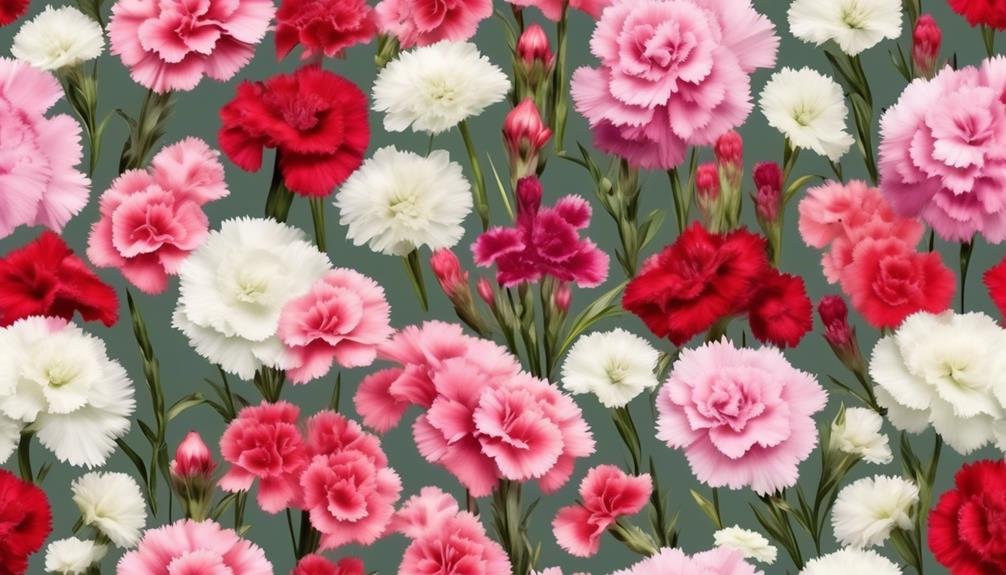
Dianthus flowers come in a wide range of varieties, each with unique colors and characteristics. Popular cultivars include Dianthus Allspice, with mottled purple flowers and white edging, Dianthus Anders Fay Seagrave, featuring laced pink flowers, and Dianthus Argus, displaying white flowers with a deep red eye. Dianthus Babi-Lom is a compact option with pink flowers, perfect for small spaces like rockeries or containers. Dianthus Bats Double Red offers semi-double toothed red flowers with bluish foliage.
These varieties are used for ornamental landscaping, cut flower arrangements, and container gardening, adding a pop of unique color and pattern to any setting. Dianthus Babi-Lom, with its compact growth habit, is ideal for small spaces like rockeries or containers. The diverse range of colors and patterns makes them versatile for various aesthetic preferences.
Seasonal Availability
Dianthus flowers are a popular choice for floral arrangements, especially during late summer and autumn when they're widely available. Their hardiness and adaptability make them a reliable option for floral decor throughout most of the year. While they can be found in various regions, their abundance may vary depending on local climate and growing conditions.
Whether you're a florist or a gardener, Dianthus flowers offer a visually appealing option for enhancing gardens or creating stunning floral arrangements. Their availability during late summer and autumn ensures that they can be used in a variety of settings and events.
Care Tips

Taking good care of your Dianthus bouquet is essential for maintaining its freshness and appeal. Follow these tips to ensure its longevity:
- Reviving Wilted Flowers:
- Trim the stems at an angle and place them in fresh water to revive wilted flowers.
- Change the water every 2-3 days to keep the bouquet hydrated and vibrant.
- Remove any wilted or dead flowers and foliage promptly to maintain the overall health of the bouquet.
- Using Flower Food:
- Consider using flower food to extend the lifespan of your Dianthus bouquet.
- Flower food contains essential nutrients and additives to nourish the flowers and maintain their freshness.
- Follow the instructions provided to achieve the best results.
- Protecting from Sunlight and Drafts:
- Keep your Dianthus bouquet away from direct sunlight and drafts to maintain its freshness.
- Exposure to direct sunlight and drafts can accelerate the wilting process, diminishing the bouquet's appeal.
What Are the Characteristics of Dianthus Flowers Compared to Hibiscus Flowers?
Dianthus flowers are known for their compact size and delicate petals, while types of hibiscus flowers are known for their large, showy blooms and vibrant colors. Dianthus flowers typically have a spicy fragrance, while hibiscus flowers have a more tropical scent. Both are beloved for their beauty and versatility in gardens.
Conclusion
Dianthus flowers are a popular choice for florists and special events due to their wide variety of blooms and lovely fragrance.
They're known for their hardy nature and year-round availability, making them a reliable option for any occasion.
With their symbolism of divine beauty and admiration, dianthus flowers add an elegant touch to DIY wedding bouquets and floral decor arrangements.
Overall, dianthus flowers are a versatile and beautiful option for adding beauty and charm to any floral arrangement.


